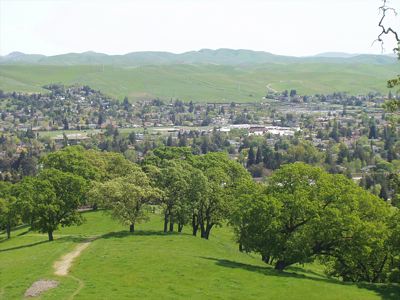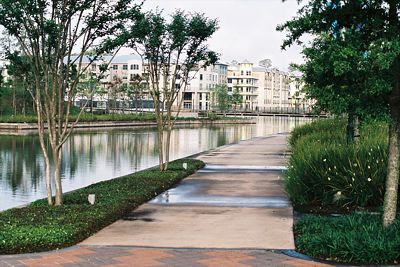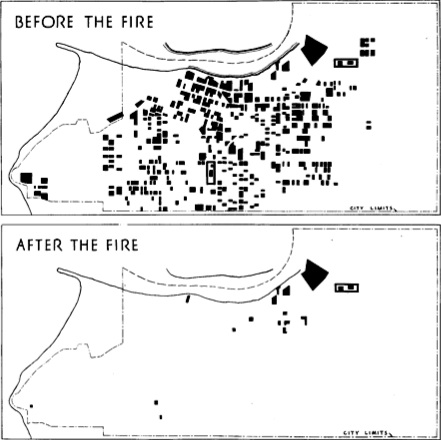In our continuation of Anti-Town Planning Week, we turn to San Ramon, California, where the city council wants to build a new “City Center.” Incorporated less than 24 years ago, San Ramon is a thriving suburb in the San Francisco Bay Area that is built around an office park started in the 1970s.

Flickr photo of San Ramon by Jeff L. Used by permission.
The city is the world headquarters of Chevron-Texaco and also has North American or California headquarters of such companies as Toyota, AT&T, and UPS. Local retailers include Costco, Whole Foods, Borders, and the usual collection of supermarkets and other shops. The average household income in 2000 was $96,000, putting it well above the rest of the country.
But the city is suffering from an acute case of “downtown envy,” a disease the strikes many Sun Belt cities. Many people, including most urban planners, think that a city can’t be a real city unless it has a distinctive downtown or city center. But in today’s automobile age, developers no longer build distinctive city centers, so cities that have grown up since 1945 often feel they have to subsidize them.
Continue reading →












